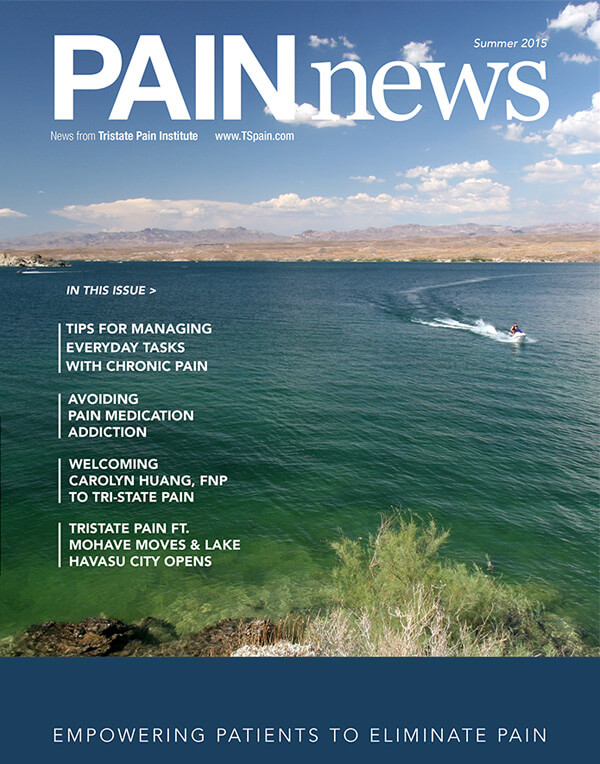How is a Brain Aneurysm Diagnosed?
Accepted Insurances:
- Aetna/US Healthcare
- Aetna Medicare Plans
- AHCCS Direct Mohave Indian Health Services
- APIPA (UHC State & Community Plan & Evercare
A brain aneurysm is usually diagnosed using an MRI scan and angiography (MRA or a CT scan and angiography (CTA)
An MRI scan is usually used to look for aneurysms in the brain that haven’t ruptured. This type of scan uses strong magnetic fields and radio waves to produce detailed images of your brain.
A CT scan is usually preferred if it’s thought the aneurysm has ruptured and there’s bleeding on the brain. This type of scan takes a series of X-rays, which are then assembled by a computer into a detailed 3D image.
In some cases, a ruptured aneurysm is not picked up by a CT scan. If a CT scan is negative but your symptoms strongly suggest you have a ruptured aneurysm, a test called a lumbar puncture will usually be carried out.
A lumbar puncture is a procedure where a needle is inserted into the lower part of the spine to remove a sample of the fluid that surrounds and supports the brain and spinal cord. This fluid can be analyzed for signs of bleeding.
Planning treatment
If the results of scans or a lumbar puncture suggest you have either had a brain hemorrhage or have an unruptured brain aneurysm, a further test called an angiogram or arteriogram may be carried out to help plan treatment.
An angiogram or arteriogram involves inserting a needle, usually in the groin, through which a narrow tube called a catheter can be guided into one of your blood vessels.
Local anesthetic is sued where the needle is inserted, so you won’t feel any pain. Using a series of X-rays displayed on a monitor, the catheter is guided into the blood vessels in the neck that supply the brain with blood. Once in place, special dye is injected into the arteries of the brain through the catheter. This dye casts a shadow on an X-ray, so the outline of the blood vessels can be seen and an aneurysm can be recognized if one is present.
Screening
There’s no routine screening program for brain aneurysms and it’s unlikely that one will be introduced in the future. This is because researchers have calculated routine screening would do little to prevent deaths, but would place a significant drain on resources.
Screening is only recommended for people thought to have a significant risk of having a brain aneurysm that could rupture at some point in the future. This would usually only apply to you if you had 2 or more first-degree relatives (father, mother, sister or brother) who experienced a subarachnoid hemorrhage. If this applies to you, contact your GP, they will be able to refer you to a specialist clinic for further assessment.
Discovering you have an aneurysm unsuitable for surgical treatment can cause worry and distress, even though the risk of it rupturing is small. Some people have reported regret at getting screened. There is no right or wrong answer, but it’s important to discuss the potential implications of screening with the staff at the clinic. Screening may also be recommended if you have a condition that increases your chances of developing a brain aneurysm, such as autosomal dominant polycystic kidney disease.





